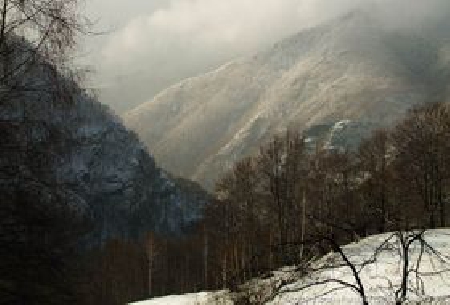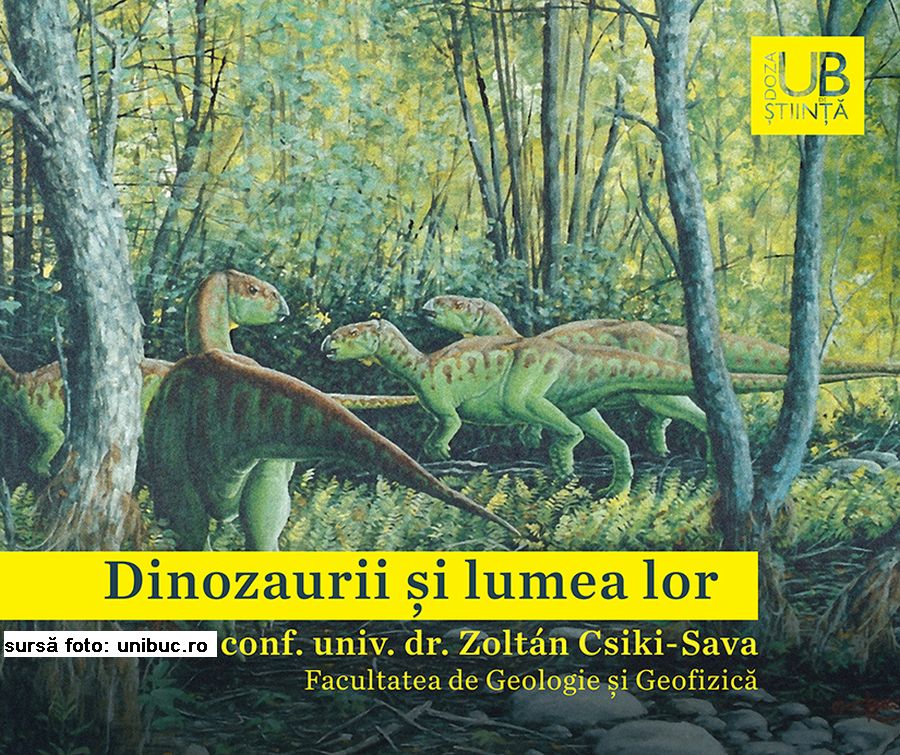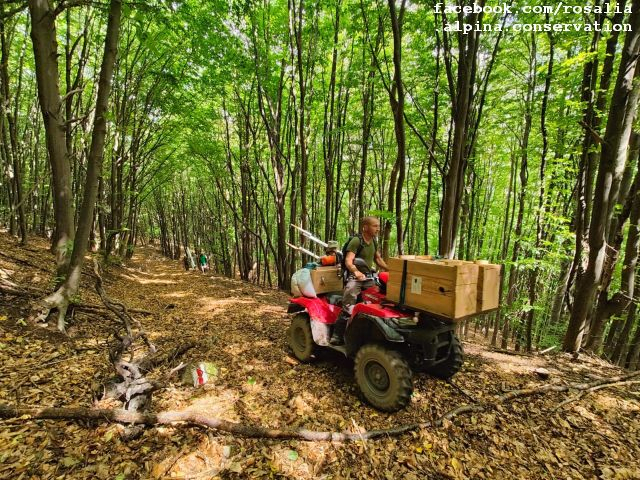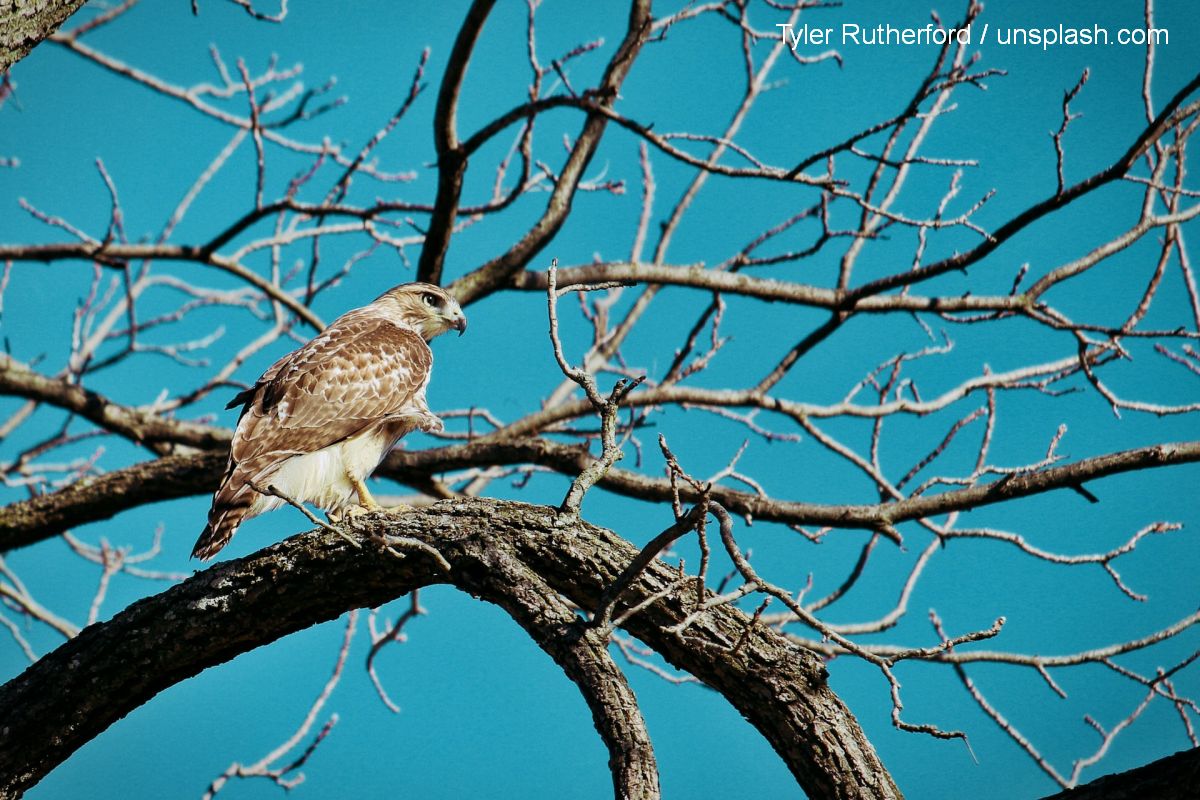The Jiu River Gorge National Park
The Jiu River cuts through the Carpathian Mountains, on a stretch of 33 km, between the Parang and the Valcan massifs, the spectacular gorge in the Carpathians. 7 years ago, the Jiu River Gorge National Park was established here. With its 11,127 hectares,

Eugen Cojocariu, 29.04.2012, 17:19
The Jiu River cuts through the Carpathian Mountains, on a stretch of 33 km, between the Parang and the Valcan massifs, the spectacular gorge in the Carpathians. 7 years ago, the Jiu River Gorge National Park was established here. With its 11,127 hectares, which is relatively little compared to other protected areas, the park boasts a rich natural diversity that earned it a place in the Natura 2000 network.
This still untamed region is home to a large number of animal species, some facing extinction at European level, others protected or endemic. Geologists say this natural diversity is due to the rocks that make up the cliff walls on either side of the valley. We talked with Felicia Dobre, a biologist with the Jiu River Gorge National Park:
“The park was created to help protect the region’s wildlife. Endangered plant species include the campanula alpina, species from the Dianthus genus, wild orchids and snowdrops. Local fauna includes species of bears that are rare across Romania and Europe. Female bears with cubs have been spotted, and that is a good sign for the bear population. Other animals include the wolf, another endangered species, the lynx, a solitary species that is more difficult to encounter, and the wildcat. Herbivores include deer and rabbits, the latter of which can be encountered in the lower areas of the park. It’s very good that 85 percent of the park’s area is under strict protection, and not many human activities are permitted here.”
Romania is home to 65% of Europe’s old-growth forests. Late last year, the World Wild Fund launched a project to place these forests under legal protection. The Ministry of the Environment and Forestry has already signed an agreement to protect Romania’s 250,000 hectares of virgin forests. These forests, some of which are to be found in the Jiu River Valley, are among the last in Europe:
“Over 85% of the park’s area is covered with deciduous and mixed forests, which are home to some 4,000 hectares of untouched, virgin forests. Only natural phenomena have affected this area, for example, trees falling down and being left there. Fallen trees began to rot and became habitats for rare species of insects, like the Rosalia longicorn. Some insects are wood-boring, meaning they dig tunnels through wood, mainly in fallen trees.”
The park is home to rare species of insects protected by the EU, species of bats, almost extinct across Europe, as well as horned vipers and scorpions, also endangered. Alpine meadows, caves and sinkholes and wooded steep cliff sides offer stunning views of the Jiu River below as it cuts its way through the mountain. The Jiu Valley is an impressive place, whether you drive through or travel by train. The railroad passing through has the highest density of tunnels in Romania, 43, over a length of 33 kilometres. The Lainici Monastery is a pilgrimage site for Romanians and is known as the “The Bride of the Valley” on account of its bright white façade. Traditional mansions are scattered across the woodlands. Felicia Dobre:
“The area is particularly suited for ecumenical tourism as there are many religious sites here, including the Lainic and Visina monasteries and a number of hermitages. There’s also the monument dedicated to General Dragalina, a WWI hero, and in the north, towards the mountains, there lies the so called ‘road of the Romanians’, which is not very well known so we are trying to promote it. Other leisure activities include mountain tracking along marked routes. This is actually a means of preserving nature, because tourists are thus prevented from going wherever they want and thus disturb the habitat. For school children, students, parents and teachers we have organized a themed route as part of a project implemented by the park administration, called ‘the forest’. It’s a 3-4 hour route, along which there are 17 information panels.”
Authorities are currently implementing a project aimed at preserving nature and building a visiting centre in the area of the town of Bumbesti Jiu, one of the access points to the park.






























